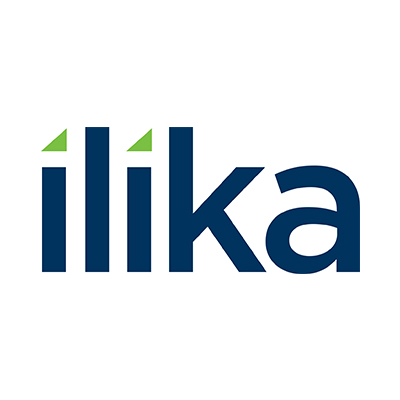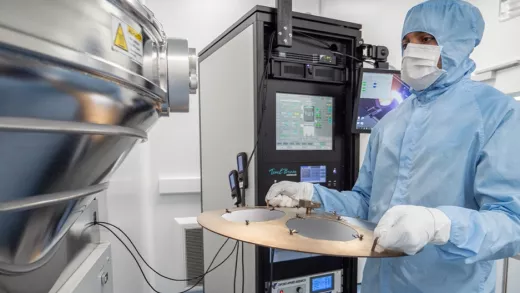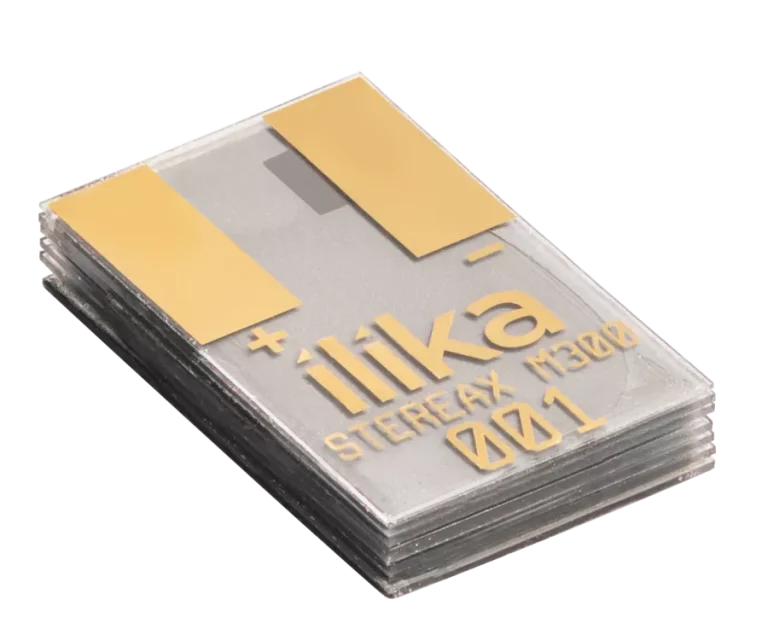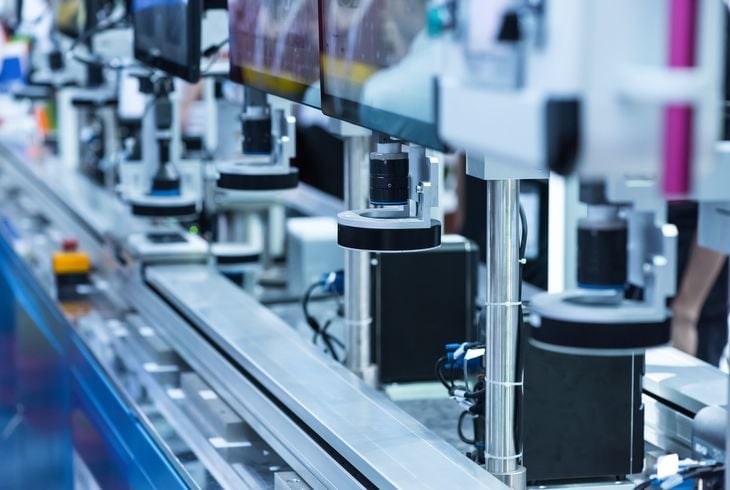Beneath the hum of high-temperature ovens and whirring mixers, a virtual factory emerges, mapping every electrode layer before a single cell rolls off the line. Investors may not spot it straight away, but this silent overlay of data and reality could prove as valuable as any physical asset on Ilika’s balance sheet, signalling a step-change in how solid state batteries move from prototype to production.
Ilika has spent years chasing the promise of its Goliath solid state technology, yet progress to date has largely centred on in-house prototypes and development milestones. Now the firm is injecting a slice of its manufacturing journey into a digital twin, effectively creating a living model of its forthcoming A-sample cells that will guide the jump from lab bench to gigafactory. By simulating high-throughput electrode lines and cell assembly processes, the digital twin aims to iron out technical snags and capital expenditure risks months before physical equipment is installed. For an investor audience grappling with the steep costs of battery scale-up, this approach offers a novel hedge against the familiar pitfalls of plant commissioning and process optimisation.
The timing could not be more telling. On 15 July 2025 Ilika confirmed it had secured £1.25 million of grant funding from a £3 million collaboration under the UK Government’s DRIVE35 Demonstrate fund, administered by the Advanced Propulsion Centre UK. Beginning on 1 August, the PRIMED programme will see Ilika team with manufacturing consultancy HSSMI and leverage electrode lines at the UK Battery Industrialisation Centre to deliver its first 50 Ah Goliath A-samples on industrial equipment. This phase builds on prior ventures – notably the Faraday Battery Challenge’s HISTORY project and the Automotive Transformation Fund’s SiSTEM trials – which validated Ilika’s electrode formulations and assembly techniques at ever-increasing scales. By binding these efforts within a single, digitally orchestrated framework, Ilika is layering past learnings into a cohesive path towards licensing its Goliath technology to vehicle manufacturers.
From an investor’s vantage, the dual commitment to physical output and virtual modelling speaks to a disciplined capital allocation strategy. Rather than plunging straight into bespoke production lines, Ilika is first stress-testing cell performance, manufacturing yield and cycle life through its P2 prototypes within this grant-backed consortium. The resulting data sets not only substantiate the safety and energy density claims of oxide-electrolyte, silicon-anode chemistry – critical metrics when pitched against incumbent lithium-ion pouch cells – but also sharpen the capital expenditure case for future licensees. In Ilika’s own words, the digital twin will be “of paramount interest” to partners seeking to estimate gigafactory economics long before steel and concrete commitments.
Crucially, the A-sample milestone is coded for the automotive industry’s longest-lead procurement cycles. A 50 Ah format resonates with early vehicle integration tests, where pack architects demand consistency across hundreds of cells. By combining real-world production trials with a dynamic digital mirror, Ilika is positioning itself to expedite commercial bulk orders with unprecedented transparency. Automotive tier-ones and OEMs can witness cell behaviour under simulated stress tests, from thermal plateaus to rapid-charge protocols, while the virtual model fine-tunes process parameters in hours rather than weeks.
Yet the narrative extends beyond mere technical agility. The UK’s battery ecosystem, marshalled by bodies such as UKBIC, APC and HSSMI, stands to gain a reputational boost from this endeavour. By anchoring Goliath’s scale-up narrative within home-grown facilities and government-backed programmes, Ilika underlines the strategic appeal of domestic battery sovereignty, a premium theme as supply-chain security crowds corporate board agendas. Investors attuned to geopolitical undercurrents will note that digital twin insights can accelerate localisation of gigafactories, potentially unlocking further public incentives and bolstering regional job creation.
As the PRIMED timetable accelerates towards year-end, Ilika anticipates a stream of P2 data that will shape its minimum viable product roadmap for 2025. Armed with both the electric impulse of advanced modelling and the tangible output of A-sample batteries, the company aims to offer licensing agreements underpinned by transparent performance forecasts and rigorous production scenarios. For the venture and institutional backers who have underwritten Ilika’s journey thus far, the convergence of digital and physical milestones promises a clearer line of sight to returns, predicated on technology transfer rather than capital-intensive manufacturing.
Ilika plc (LON:IKA) is a pioneer in solid state battery technology enabling solutions for applications in Industrial IoT, MedTech, Electric Vehicles and Consumer Electronics.















































